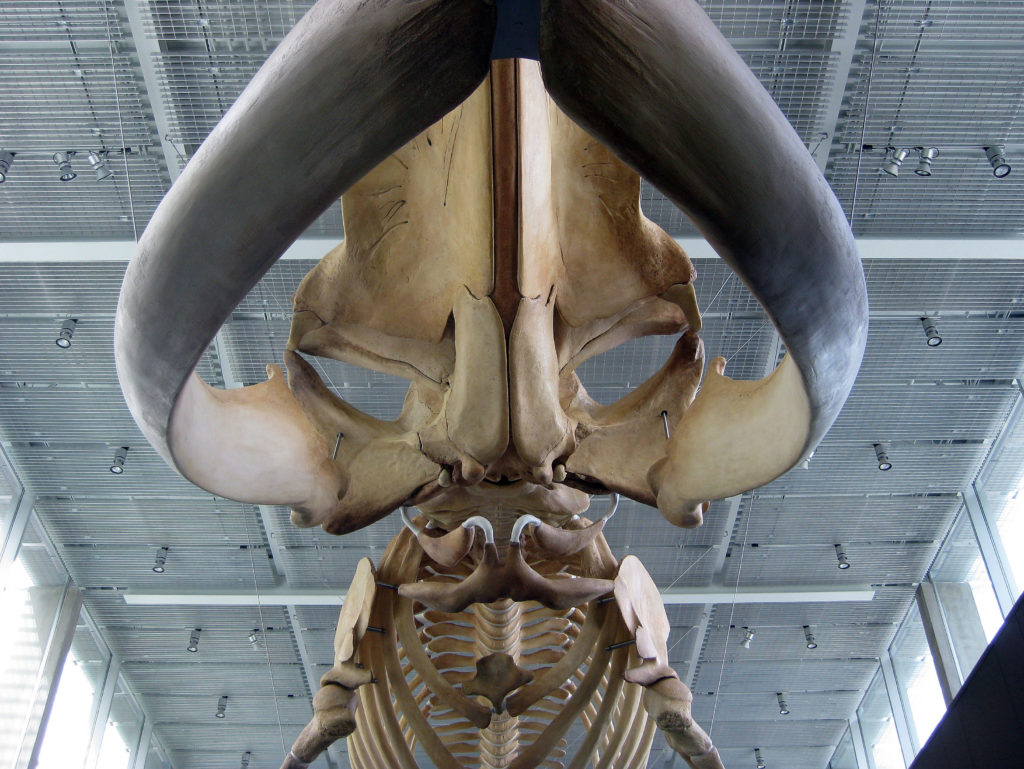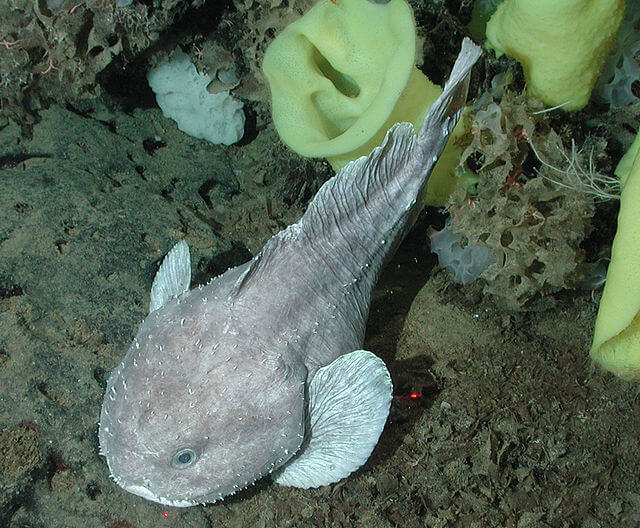It’s a fair question. Most multicellular life on Earth requires oxygen to sustain metabolism, and those organisms get it from the fluids around them. (Yes, even plants.) But while organisms that breathe water but live on land are few and far between, aquatic and semiaquatic air-breathers are abundant. Many frogs, salamanders, crocodilians, caiman lizards, sea snakes, turtles, penguins, loons, grebes, and multiple lineages of marine mammals make their homes, temporarily or permanently, in water while breathing air—giving them the strange distinction of being able to drown in their preferred habitat. Given that most animals, including most vertebrates, breathe water, and that the physiology required to get oxygen from water is so simple that even some air-breathers have versions of it, why do so many of these animals keep breathing air? What do they get out of all this drowning risk?
This question has two answers, which get to the heart of biological evolution and the physical chemistry of water.
Air Is Easier
Water-breathers consume oxygen that is dissolved in the water they inhabit. The problem they face is that water’s capacity to hold oxygen is not particularly high. Unusually well-oxygenated water might have an oxygen content of 10 milligrams of oxygen per litre, or about 1% by mass, and it can drop to zero in especially hot or stagnant water. Water that is too hypoxic to sustain most aquatic life is not particularly rare, and water with a low enough oxygen content to be challenging for many water-breathers to endure comprises the vast majority of all water on Earth, thanks to the deep ocean being a low-oxygen environment. By contrast, air has an average oxygen content of 18% to 21%, far higher than water ever gets. Water-breathing organisms that regularly encounter low-oxygen conditions frequently seek oxygen at the surface, whether to directly expose their respiratory organs to far more oxygen-rich air or to try to preferentially breathe the narrow, comparatively oxygen-rich surface layer. Indeed, many aquatic animals have accessory breathing organs that enable them to breathe air, and it is from one example of these that tetrapod lungs evolved.

Whales include among their number the largest animals known to have ever lived on our planet, and they are all active predators. (Yes, including baleen whales, which actively hunt zooplankton and small fish.) This lifestyle comes with a sizable demand for both energy and oxygen. Having a respiratory tract already optimized for getting oxygen from a place where it is abundant—the atmosphere—is an advantage in this scenario. Whales have more access to oxygen than most other ocean giants have, and this fact helps explain their presence near the top of all the food chains they inhabit. Being a water-breathing giant is hardly an insurmountable obstacle, as the existence of great white sharks, blue marlins and giant squid suggests, but it’s an obstacle whales are happy to sidestep. Er, swim around.
Every Step Matters
There is a more fundamental reason why whales remain air-breathers: the path back to water-breathing for them is not as simple as it looks.
The vertebrates that have re-evolved water-breathing after losing it earlier in their evolution almost universally do so via some part of their skin that is exposed to the water. For many amphibians, it’s the skin of their entire bodies; for aquatic turtles, it is the lining of the cloaca, which was already highly vascularized for other reasons. Whales have plenty of skin, but whale skin serves three important functions that would be impeded by being thinner and more vascularized: it is armour against large predators such as sharks and other whales; it flexes under hydrodynamic stress to facilitate speedy movement; and it protects their bodies from losing too much water to the surrounding ocean, which is saltier than their body fluids. Indeed, it is the fact that whales have a terrestrial origin, and thus needed to protect their bodies from water loss on land, that explains why they were so quickly able to take over the large marine niches left vacant when the Mesozoic era’s giant marine reptiles went extinct. If a whale’s body became more permeable, which is what it would mean to have water-breathing skin, it would lose some or all of these advantages.
Even the biggest challenge to air-breathing that many whales face, extremely deep dives, is not what it may seem. A deep-diving whale that did not need to resurface could stay in the depths, but most whales migrate over huge territories and thus can access a variety of feeding and calving grounds throughout their lives. Needing to surface might prevent animals such as sperm whales and beaked whales from becoming abyssal-zone specialists, but the fact that they don’t need to stay at depth, as most abyssal-zone specialists do, gives them dominance over surface-water niches instead. Similarly, the dense bones and tough skin that protect whales at the surface become difficulties at depth, which encourages many deep-water animals to become flabby and gelatinous in overall consistency. Whales were only ever going to be visitors to the ocean depths, with or without gills, because of how the rest of their physiology works.

Evolution rarely, if ever, deals in huge leaps. Most changes that are not immediately lethal are small and need to compound over untold generations to result in major shifts. A whale that managed to become water-breathing after millions of years as an air-breather could avoid some of the challenges it faces as an air-breathing swimmer, but the rest of its physiology would be upended so completely that, outside of the improbable scenario in which a variety of traits all shift in this direction at once, few of the individual changes could be advantageous on their own. If every tentative step toward water-breathing leads to a tumble into the precipice of extinction, it is unlikely to happen, even if the other side of a hypothetical big jump could be better than the present.
Living things were not designed; they simply are. Natural forces exert pressure on them that manifests through the generations, slowly tuning them to the niches they inhabit in an unfathomably complicated dance. When animals operate in surprising ways, it is usually beneficial to take a close look at not just what they are doing, but how they are doing it, to find out more. Often, when one has the fuller picture, the surprise becomes that we ever though they could do things any other way.